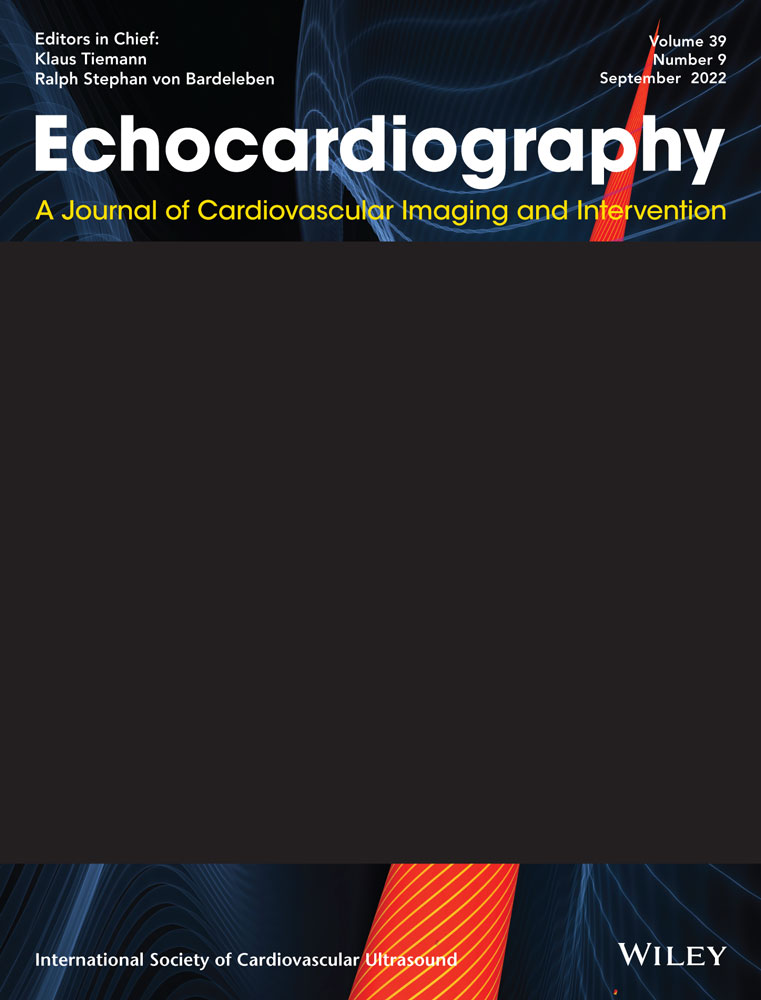Assessment of left ventricular function by spatio-temporal image correlation in fetuses with fetal growth restriction
Abstract
Aim
To compare the evaluation of left ventricular function by spatio-temporal image correlation (STIC) between fetal growth restriction (FGR) fetuses and normal fetuses.
Methods
Forty-two FGR fetuses and 50 normal fetuses with gestational age ranging from 28 to 35 weeks, were chosen for the study group and control group, respectively. The fetal heart was acquired using the STIC modality, beginning with a four-chamber view. A 7.5–12.5 s acquisition time and 20–35°angle of the acquisition were used for the acquisition. The resulting STIC dataset was saved for offline analysis. Ventricular volumes were measured using the Virtual Organ Computer-aided Analysis (VOCAL) mode, where the observer defines the contours of the ventricle and traces the endocardia. Stroke volume (SV) = end diastolic volume (EDV)−end systolic volume (ESV) and ejection fraction (EF) = SV/EDV × 100%. The data of the two groups were analyzed.
Results
(1) SV increased with fetal growth in both groups and was positively correlated with gestational age (p < .01), whereas EF remained constant throughout gestation and had no correlation with gestational age (p > .05). (2) There was no difference found in EF between the two groups, (p > .05), SV was significantly lower in FGR group than those in the normal group (p < .01).
Conclusion
The STIC is a precise method for calculating fetal ventricular volume changes and functions. Reduced SV occurred at the initial stage of fetal deterioration before the discovery of abnormal EF in FGR fetuses, indicating cardiac dysfunction. SV could be a sensitive indicator of cardiac dysfunction. The use of EF to assess fetal cardiac function is not perfect.
CONFLICT OF INTEREST
None declared.




